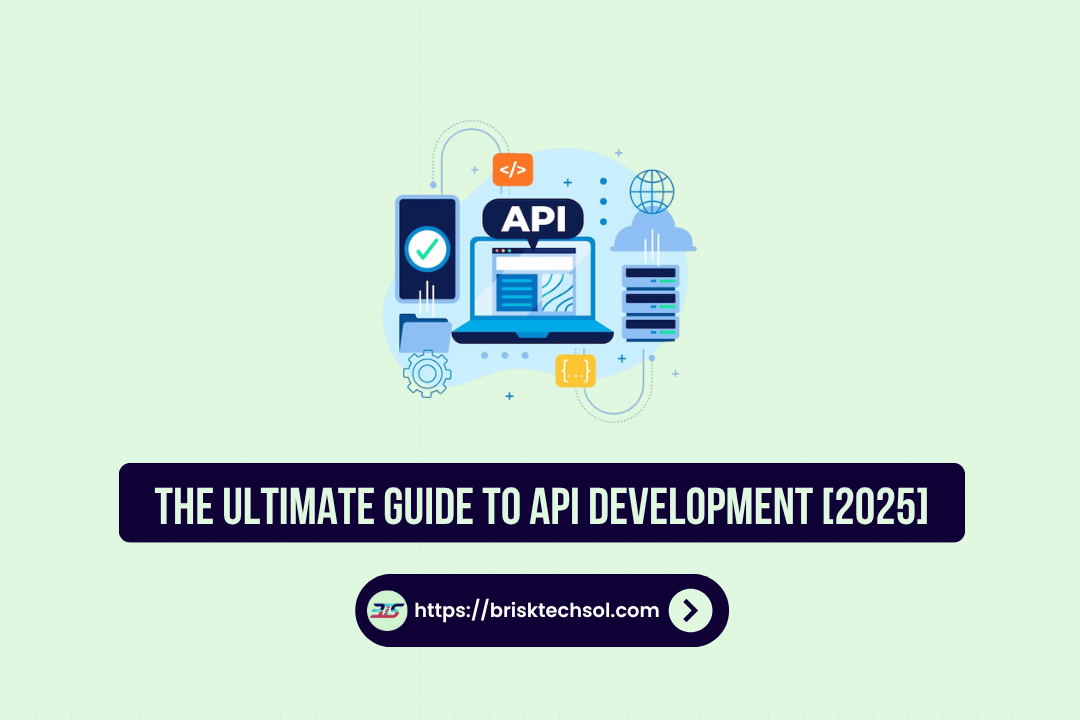React and Angular, developed by Meta (Facebook) and Google, are two powerhouse frameworks in the JavaScript ecosystem. Choosing between them can be challenging, especially with each offering unique strengths in terms of performance, flexibility, scalability, and SEO. This guide explores the main advantages of React over Angular to help you make the best decision for your project.
Overview of React and Angular
React and Angular serve the same core purpose creating dynamic, responsive, and interactive web applications but they take different approaches. React, developed by Facebook, is a JavaScript library that focuses on building UI components. It uses a component based architecture that encourages reusability, making it efficient for creating single-page applications (SPAs).
| Feature | React | Angular |
|---|---|---|
| Type | JavaScript library | Full fledged framework |
| Architecture | Component based | Component based with MVC structure |
| Language | JavaScript and JSX | TypeScript |
| Primary Use | User Interface components | Complete application development |
| Learning Curve | Moderate, flexible structure | Steeper, rigid structure |
Key Point
Performance Comparison – React vs. Angular
Performance is a critical factor in selecting a framework, especially for applications that demand fast interactions and real-time updates. Here’s how React and Angular compare on this front:
React’s Virtual DOM Advantage
React’s Virtual DOM (Document Object Model) is a lightweight copy of the actual DOM, allowing it to update only the components that need re-rendering rather than refreshing the entire DOM. This selective rendering speeds up performance, particularly in large and complex applications. The virtual DOM’s efficiency can be seen in applications like Facebook’s news feed, which requires rapid content updates without full-page reloads.
Angular’s Real DOM Approach
Angular uses a real DOM approach, meaning that any change in the application’s state can trigger a full DOM re render. This can be more performance intensive for large applications, as re rendering all components with each change can lead to slower load times and decreased responsiveness.
Performance Case Study
Consider Instagram, a platform heavily built on React. Instagram’s performance success relies on its ability to quickly refresh components (like notifications and feed updates) without compromising load speed. This makes React an ideal choice for applications where frequent updates and smooth interactions are essential.
| Feature | React | Angular |
|---|---|---|
| DOM Type | Virtual DOM (selective rendering) | Real DOM (full DOM re-rendering) |
| Update Efficiency | Updates only the necessary components | Refreshes entire DOM on each change |
| Rendering Speed | Faster due to partial updates | Slower for large applications |
| Example | Instagram feed updates | Suitable for smaller, simpler applications |
React uses a Virtual DOM, meaning only the necessary components are re-rendered. Angular’s Real DOM approach updates the entire DOM each time, which can impact performance.
Key Point
3. Learning Curve and Flexibility
Another advantage of React lies in its simplicity and flexibility, making it a popular choice among both new and seasoned developers.
React’s Simplicity and Modular Approach
React’s modular nature means it’s easy to pick up, even for beginners. React’s component-based architecture enables developers to reuse code across multiple sections of an application, improving efficiency and consistency. Furthermore, React has a relatively straightforward API and limited restrictions on how developers structure their code, making it flexible for various project types.
Angular’s Comprehensive Structure
Angular, in contrast, is a more complete and opinionated framework. While it provides built-in tools like routing, form validation, and dependency injection, it requires developers to follow a more rigid structure. For beginners, Angular can have a steeper learning curve due to its use of TypeScript and complex CLI commands.
| Criteria | React | Angular |
|---|---|---|
| Ease of Learning | Moderate, easy-to-pick-up structure | High, more complex structure |
| Required Knowledge | JavaScript and basic JSX | TypeScript, Angular CLI, and RxJS |
| Flexibility | Highly flexible, minimal constraints | Structured, requires specific syntax |
| Best for | Projects needing fast, flexible development | Structured, feature-rich applications |
React’s component based approach is easy for beginners, allowing them to dive into projects quickly. Angular, while offering powerful features, demands more experience and a deeper understanding of TypeScript.
Key Point
4. SEO Optimization – React vs. Angular
SEO is increasingly important for web applications, especially those that rely on organic search traffic. Here’s how React and Angular differ in terms of SEO capabilities.
React’s Server-Side Rendering (SSR)
React supports server-side rendering (SSR), which allows content to be rendered on the server and then sent to the client. This improves load speeds and makes React applications more accessible to search engine crawlers. Many React-based projects, like e-commerce websites and content-driven platforms, benefit from SSR to enhance SEO.
Angular’s Client-Side Rendering Limitations
Angular, by default, relies on client-side rendering, which means that content is only displayed once it reaches the client’s browser. This can make it more difficult for search engines to index Angular applications, potentially impacting SEO rankings. Although Angular has solutions like Angular Universal for SSR, it requires additional configuration and expertise.
| SEO Aspect | React | Angular |
|---|---|---|
| Default Rendering | Supports server-side rendering (SSR) | Primarily client-side |
| SEO Optimization | Easier to optimize for SEO | Requires Angular Universal for SSR |
| Page Load Time | Generally faster with SSR | May be slower without SSR |
| Best Use | SEO-intensive applications | Internal, non-SEO projects |
React supports server-side rendering out of the box, making it more SEO friendly. Angular requires additional configuration (via Angular Universal) to achieve the same SEO capabilities.
Key Point
5. Scalability and Community Support
For businesses and developers looking to build scalable applications, the community and support ecosystem around a framework are crucial.
React’s Widespread Community and Open-Source Support
React boasts a vast, active community and is widely adopted across industries, which translates to abundant resources, plugins, and community support. Whether you need troubleshooting advice or pre-built components, the React community offers extensive support.
Angular’s Documentation and Community
Angular also has a large community and is extensively documented by Google, making it a great choice for complex, large scale applications that require high reliability. However, it’s worth noting that React’s simplicity often makes it easier to scale and maintain, especially for startups and medium sized businesses.
| Scalability Factor | React | Angular |
|---|---|---|
| Community Size | Extensive and highly active | Large and supportive |
| Library Availability | Abundant open-source libraries | Fewer, but solid official resources |
| Flexibility for Scaling | Easy to scale with reusable components | Scales well with built-in tools |
| Best For | Startups, scalable SPAs | Enterprise-level applications |
React’s flexibility makes it ideal for companies needing scalable solutions, while Angular’s structured approach is better suited to large, enterprise level applications.
Key Point
6. Case Studies and Real World Examples
To illustrate the practical advantages of React over Angular, let’s examine a few real-world examples:
Facebook, the creator of React, uses it across its platform to manage real-time content updates, including the news feed, notifications, and chat features. React’s performance and modular nature allow Facebook to maintain a smooth user experience.
Netflix
Netflix initially used Angular but later transitioned to React for parts of its platform. The switch allowed for more efficient component re-rendering, helping Netflix optimize user experience and application speed on various devices.
Airbnb
Airbnb leverages React to provide a dynamic, seamless user experience. By using React, Airbnb can quickly update listings, improve load times, and keep the user interface responsive, especially crucial in the competitive travel industry.
Key Point
Conclusion
Choosing between React and Angular depends on your project’s goals. If your focus is on high performance, flexibility, and SEO, React often offers an edge, particularly for scalable SPAs and user-driven applications. Angular, on the other hand, suits more complex applications that benefit from its built-in structure and comprehensive framework. By evaluating your project needs, team expertise, and application scale, you can determine which framework aligns best with your goals.
Frequently Asked Questions
What makes React better than Angular?
React’s virtual DOM, flexibility, and support for SEO friendly server-side rendering make it a popular choice over Angular, especially for performance-focused applications.
Why is React more popular than Angular?
React’s simplicity, lower learning curve, and wide community support have contributed to its popularity among developers and businesses alike.
Is React easier to learn than Angular?
Yes, React is generally easier to learn due to its straightforward API and lack of strict code structure, while Angular has a steeper learning curve.
Which is more SEO-friendly, React or Angular?
React, due to its server-side rendering capabilities, is generally more SEO friendly than Angular, which primarily relies on client-side rendering.
How does the virtual DOM improve React’s performance over Angular?
The virtual DOM updates only the necessary components, reducing the need for full DOM re-renders, which speeds up performance compared to Angular’s real DOM approach.
Can React be used for large-scale applications like Angular?
Yes, React is highly scalable and used by large companies like Facebook, Netflix, and Airbnb for extensive applications.
Which is better for mobile app development: React or Angular?
Both are suitable, but React Native, a mobile-focused version of React, is often chosen for mobile app development due to its cross-platform compatibility.









